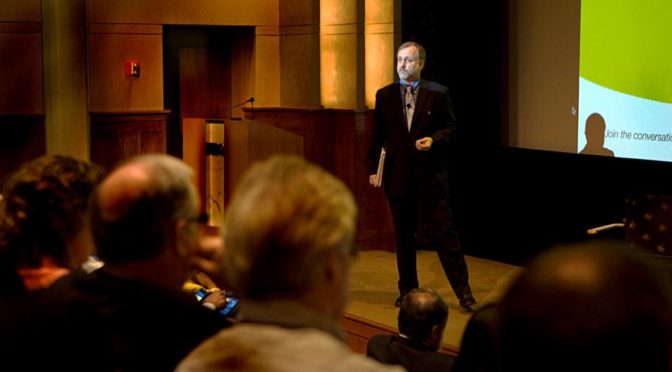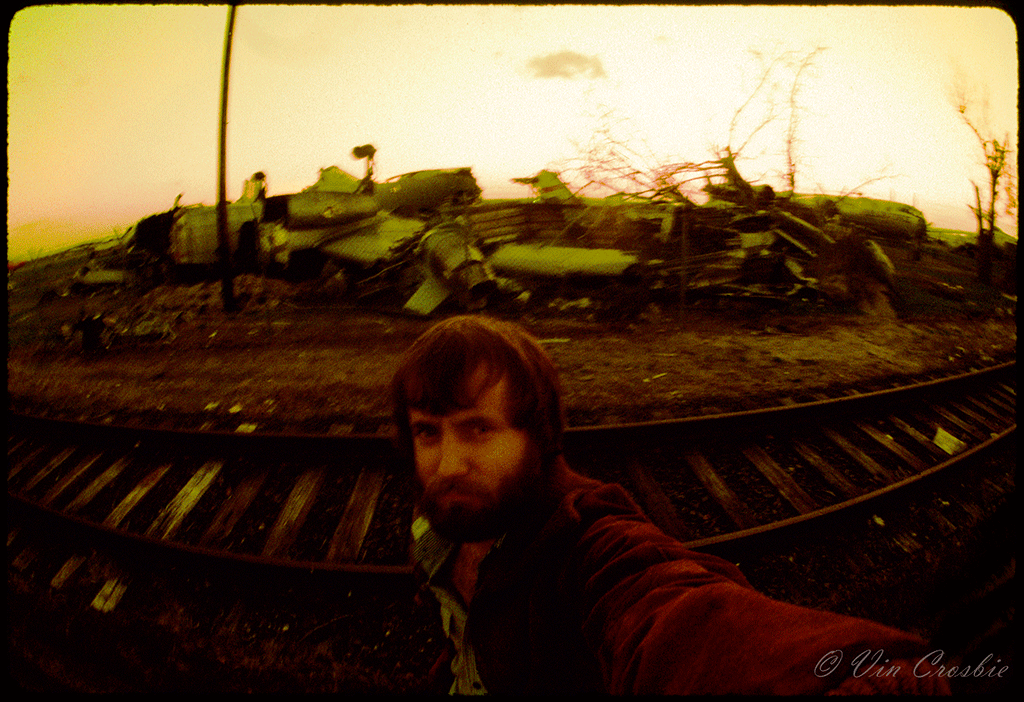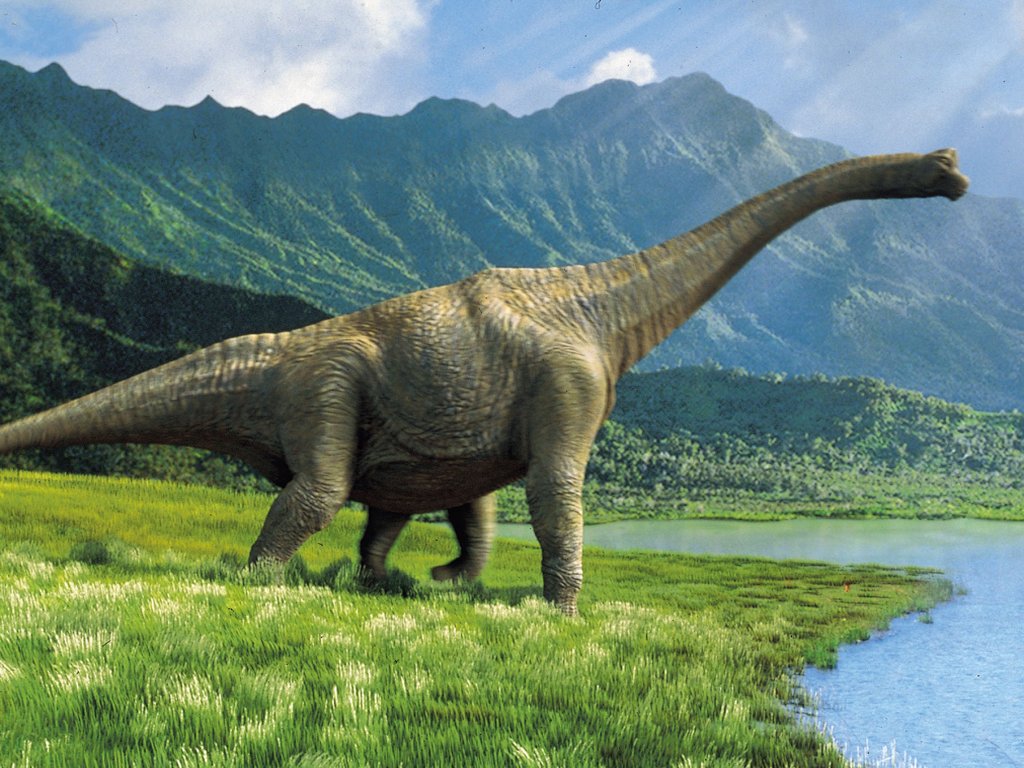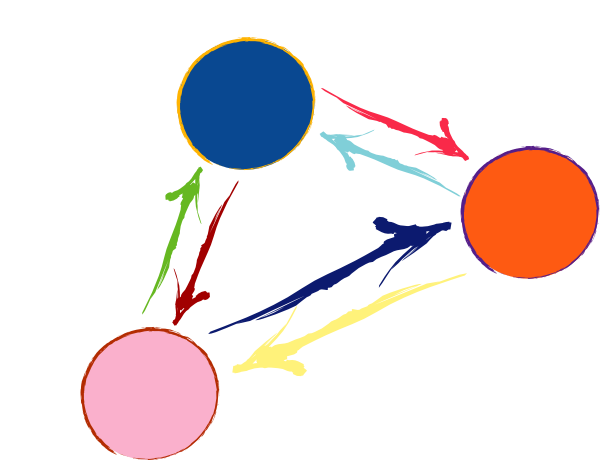2025 World Media Economics and Management Conference: Warsaw
The 2025 biennial World Media Economics and Media Conference will be held May 20-25 in Warsaw.
The 2025 biennial World Media Economics and Media Conference will be held May 20-25 in Warsaw.
“In industry everyone focuses on achieving agreed-upon common goals. But in academia, everyone functions in their own bubble. We all work on our own research interests and we collaborate only when it’s necessary.” –Molecular Biologist Gavin Knott, quoted in The Code Breakers…

Consider the predicament Christian monks working in their scriptoria faced in middle of the 15th Century from Johannes Gutenberg’s invention of the moveable-type printing press. It will illuminate the challenge the publisher and broadcasters of Mass Media faced today. Their scriptoria’s hallowed…

Although I’m scheduled in late August to start my eleventh consecutive academic year teaching New Media Business, a required course which I wrote and for which I am the sole instructor in the S.I. Newhouse School of Public Communication’s master’s degree in…

The Rise of Individuated Media Vin Crosbie S. I. Newhouse School of Public Communications Syracuse University Syracuse, New York, U.S.A. [An Adobe Acrobat (PDF) version of this paper is available at Individuated.Guru] Author Note: Paper presented at the Rethinking Theories and Concepts of Mediated…

Perhaps I’m the only dissident among the approximately 250 media scholar attending the World Media Economics and Management Conference held this week in Cape Town, South Africa? The chosen theme of the conference is ‘In the Age of Tech Giants: Collaboration or…

In 1993, after two decades working for newspapers’ print editions and for two of the world’s major international news services, I switched the focus of my career to working full-time on journalism’s transition from print and terrestrial or cable and satellite broadcasting…

Previous webpage: The Prism and New Media Chromodynamics The ‘Greens’ — A New Gravity When people’s access and choices of news, entertainment, and other information switches from relative scarcity to surplus, each person naturally gravitates to whatever mix of items from the entire…

Previous webpage: The Spectrum of Change The ideal prism with which to refract and examine the entire spectrum of change underway in the media environment, now that people’s access and choices of news, entertainment, and other information has changed from relative scarcity…

Previous webpage: Maelstrom as the Flow Changes “I wasalmost a sorry witness of such doings, knowing that a little theory and calculation would have saved him ninety per cent of his labor.” — Nikolai Tesla about Thomas Edison’s exhaustive experimentations. Access and…

Previous webpage: Personalization, Customization, Individuation, and New Media. A spectacularly obvious but remarkably little noticed aspect of the epochal change underway in the media environment is a reversal of the locus where contents are consumed. By locus or loci, I don’t mean what…

Previous webpage: Social Media and Early Platforms for Individuation. Many media executives and media academicians inadvertently conflate the differences between the terms personalization, customization, and individuation. The terms differ in meaning. Here is a primer about correct usage: Personalization is a form of…

Previous webpage: The Malestrom as Flow Reverses Much like how marketers affixed unnecessary decimal points to the terms Web 1 and Web 2, they’ve begun to misuse the term Web 3. Some term Web 3 (or ‘Web 3.0’) to be anything they happen…

Previous webpage: The Rise of Search Engines Heralds Individuated Media Since the new millennium began, billions of people have discovered a more practical way to obtain a customized supply of news, entertainment, and other information than manually using search engines or revisiting numerous…

Previous webpage: The Significance of Web 1 (‘Web.1.0’) and Web 2 (‘Web 2.0’) Why did more than three billion people begin routinely using the Web when they were already being served news, entertainment, and other information by the publications and broadcasts of…

Previous webpage: Some Corollaries of the Interactions of Moore’s, Cooper’s, and Butters’ Laws As Moore’s, Cooper’s, and Butters’ laws exponentially increased the power of computer chips and the bandwidth of the fiber optic lines and wireless signals connecting those chips, billions of people…

Previous webpage: When Moore’s, Cooper’s, and Butters’ Laws Interact on Media Here are some corollary effects resulting from observable dynamics of Moore’s, Cooper’s, and Butters’ laws. These go beyond the computer and telecommunications industries from which those dynamics directly stem and beyond the…

Previous webpage: Butters’ Law Acting on Media Alone, neither Moore’s Law nor Cooper’s Law nor Butter’s Law would have led to the world we know today and the one we will know in the future. During the past 50 years, Moore’s Law, without…

Previous webpage: Cooper’s Law Acting on Media We don’t live in a ‘wired’ world, but a ‘fibered’ world. Wired communications is obsolete. Metallic wires could never have sustained the phenomenal growth of the Internet and of the global telecommunications networks in general. The…

Previous webpage: The Greatest Change in the History of Media Let’s be frank about the media industries. Most of its executives don’t care a hoot about exactly what is causing the tumultuous changes in their business environment. What they want, almost regardless of…

My reputation as a New Media consultant to the news industry, including my appointment since 2007 to teach postgraduate New Media Business at Syracuse’s Newhouse School, largely result from work I did long ago. For ten years beginning in 1993, I helped…

How will journalists could use Google Glasses ? It’s the wrong question. The right question for journalists to ask is how and why will people who consume media use Google Glasses (or similarly wearable optic interfaces)? Whenever I encounter media professors or…
For the past four years, I’ve been teaching a New Media Business for media course at Syracuse University’s S.I. Newhouse School of Public Communications. It was originally open just to postgraduate students, but a few years ago we opened it to select…
I’ve overwhelmingly tempted to quote words written for the Michael Corleone character by Mario Puzo and Francis Ford Coppola in their 1990 movie and novel The Godfather III: “Just when I thought I was out… they pull me back in.” Except that I’m…
I’m spending much of the next few months in the Republic of South Africa where I’m helping that country’s leading journalism school in what I hope will be a notable advance in how journalism and news publishing are practiced in the 21st Century.
Syllabus for my Digital Media Management lectures during the next three weeks at Rhodes University’s Sol Plaatje Institute for Media Leadership.

My biweekly Digital Publishing column at ClickZ.com is about the skills that journalism schools need to teach in this century.
Why I prefer teaching New Media at Syracuse University, and what the syllabus is for my New Media Business class.